Revolutionizing respiratory disease detection with a portable E-Nose for non-invasive breath analysis.
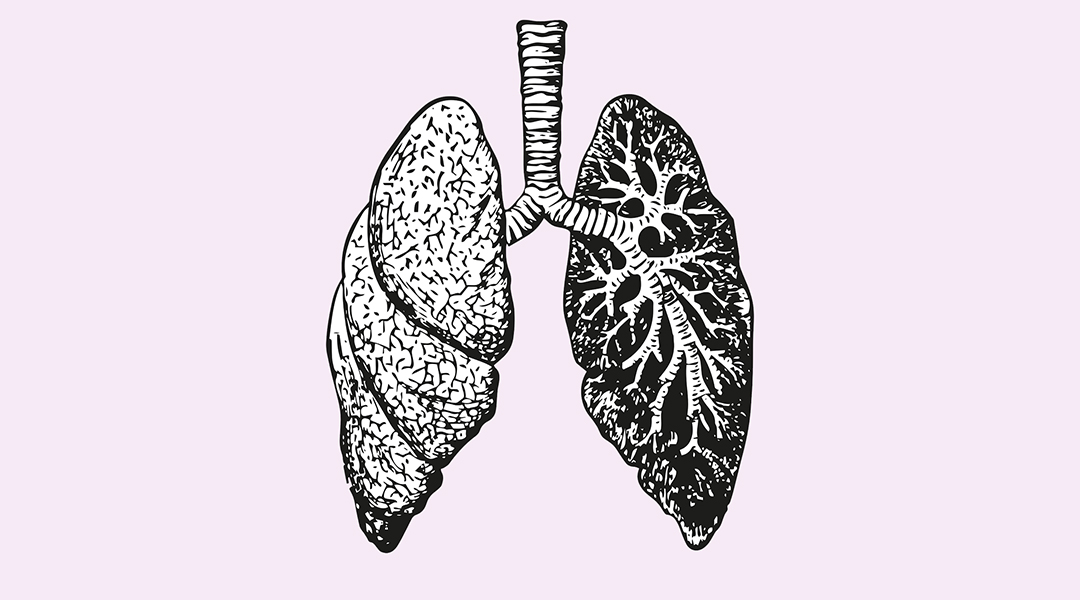

Revolutionizing respiratory disease detection with a portable E-Nose for non-invasive breath analysis.
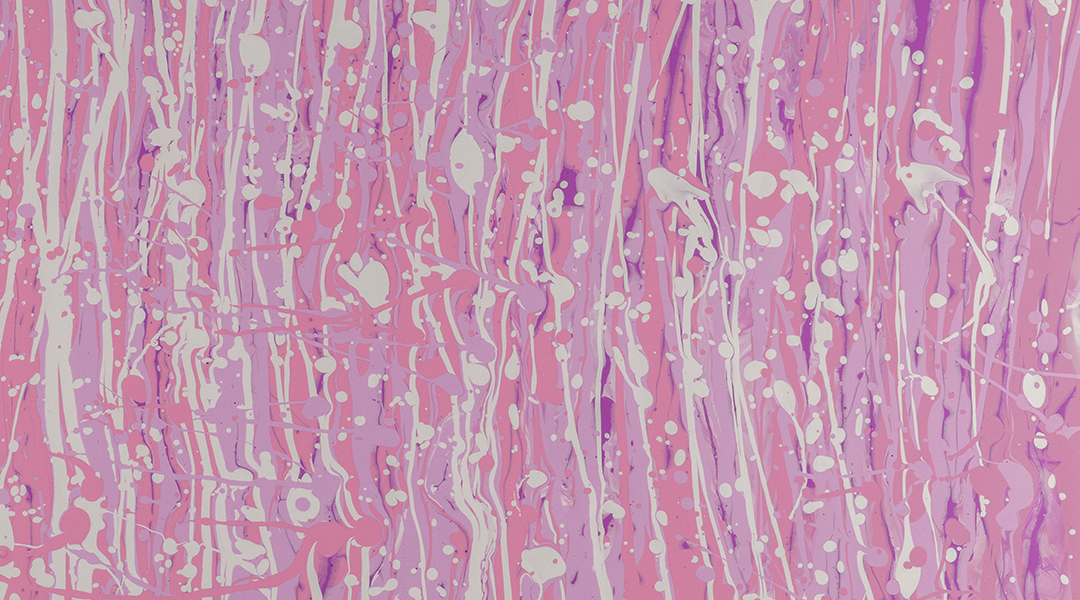
To minimize inflammation in IBD, scientists have developed a synthetic enzyme that targets multiple problematic pathways.

Scientists are exploring how to store and transport ready-to-use bioink cartridges to treat injuries on the International Space Station.

Bacteria residing inside tumors provide a surprisingly powerful immunotherapy platform to combat different cancers.
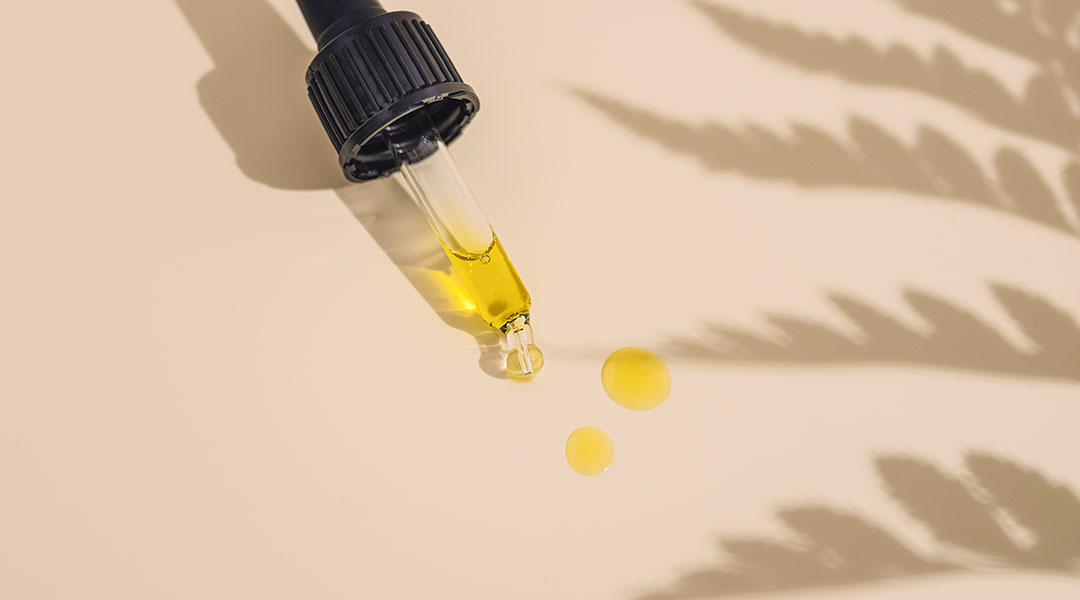
To understand CBD’s impact and the risks associated with consumption, researchers explore how a fellow brain cell prevents toxicity in neurons.
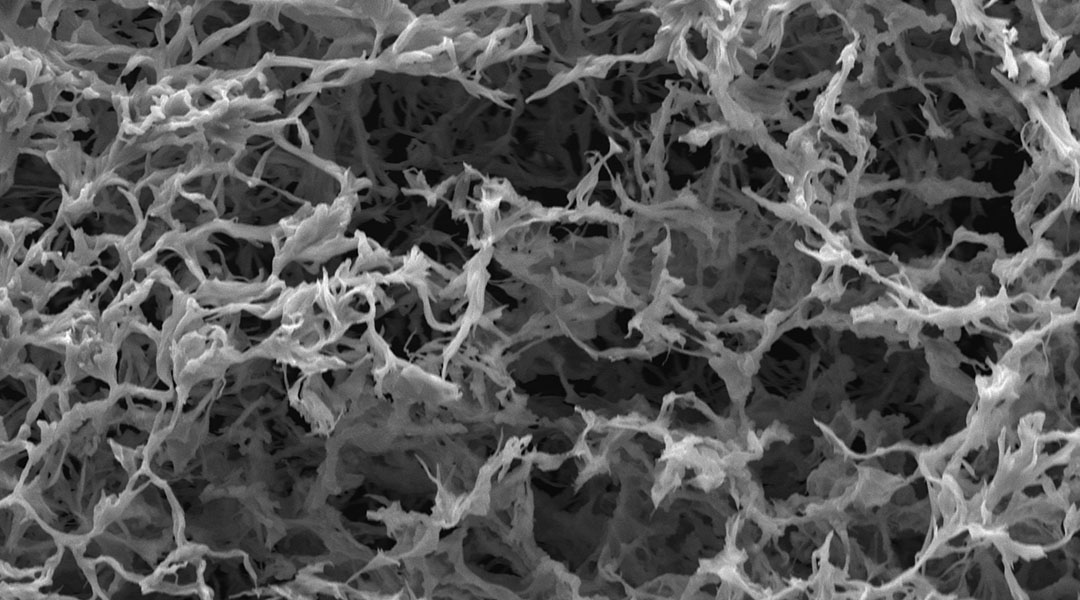
This clever drug delivery platform could improve HIV patients’ adherence to treatment and help eradicate the virus.

A pathway in the brain that forms its natural stress response could be used to make new treatments for anxiety.
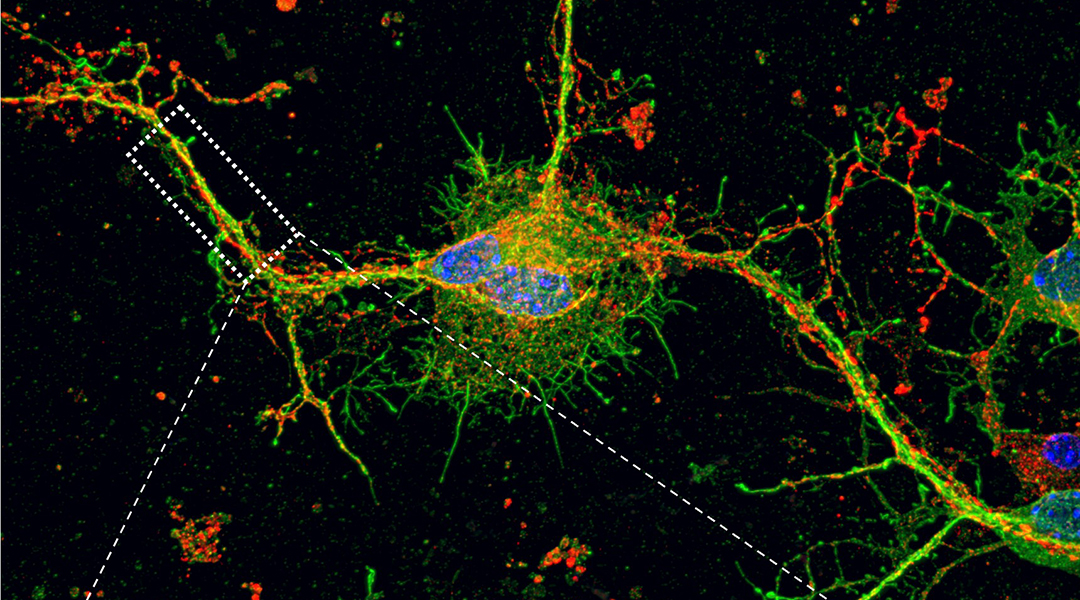
High levels of nitric oxide, a signaling chemical in the brain, appear to contribute to the behavioral deficits observed in autism.
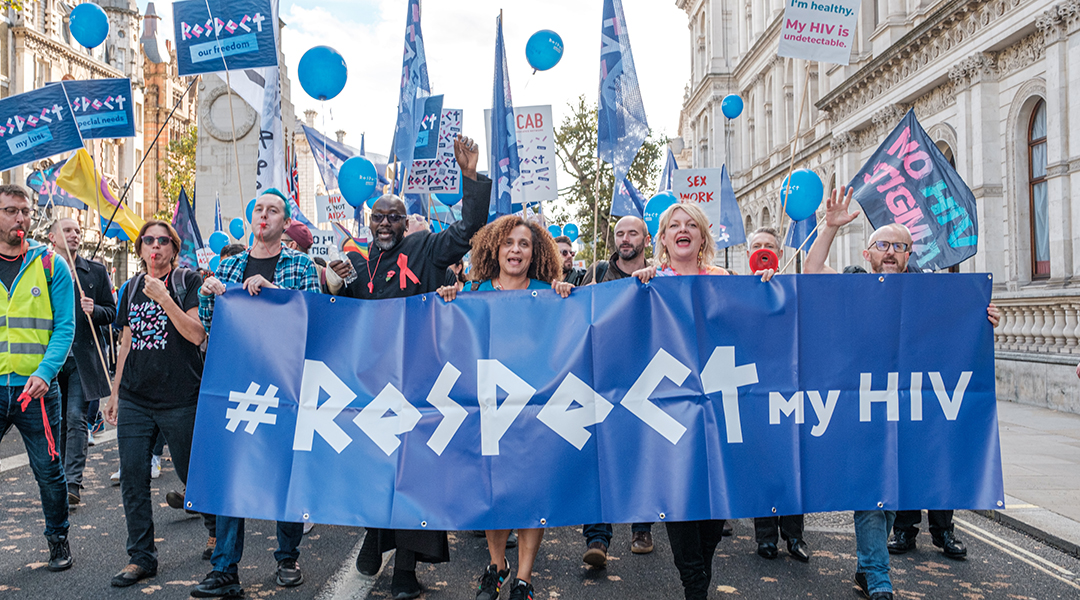
A rare group of patients have been found to maintain a very low viral load and a functional immune system after stopping antiviral treatment.
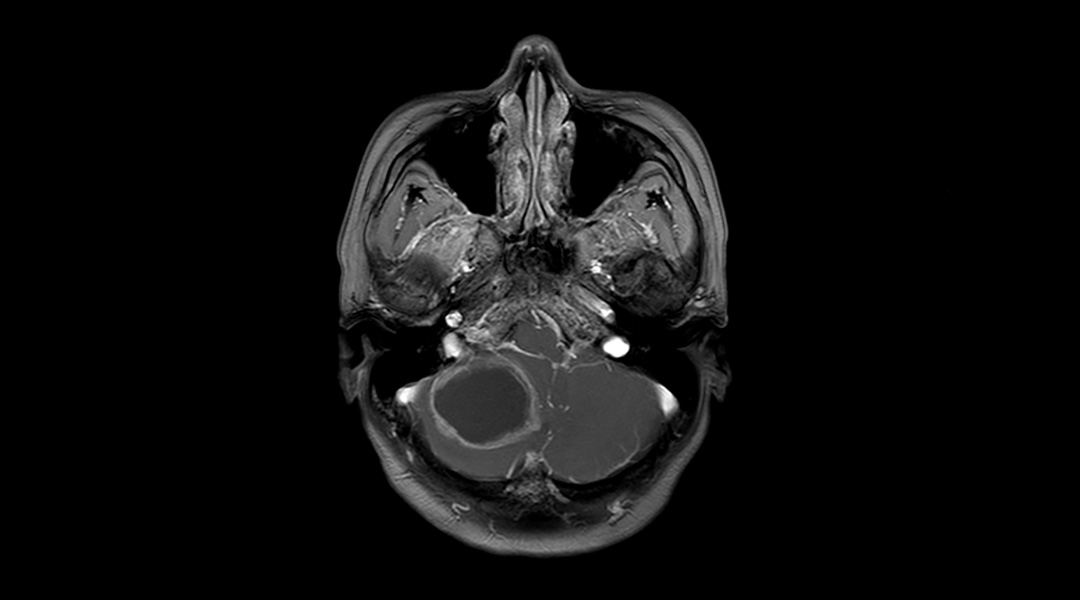
Inspired by brain-invading bacteria, researchers have created nanocapsules that covertly shuttle drugs across the blood–brain barrier.